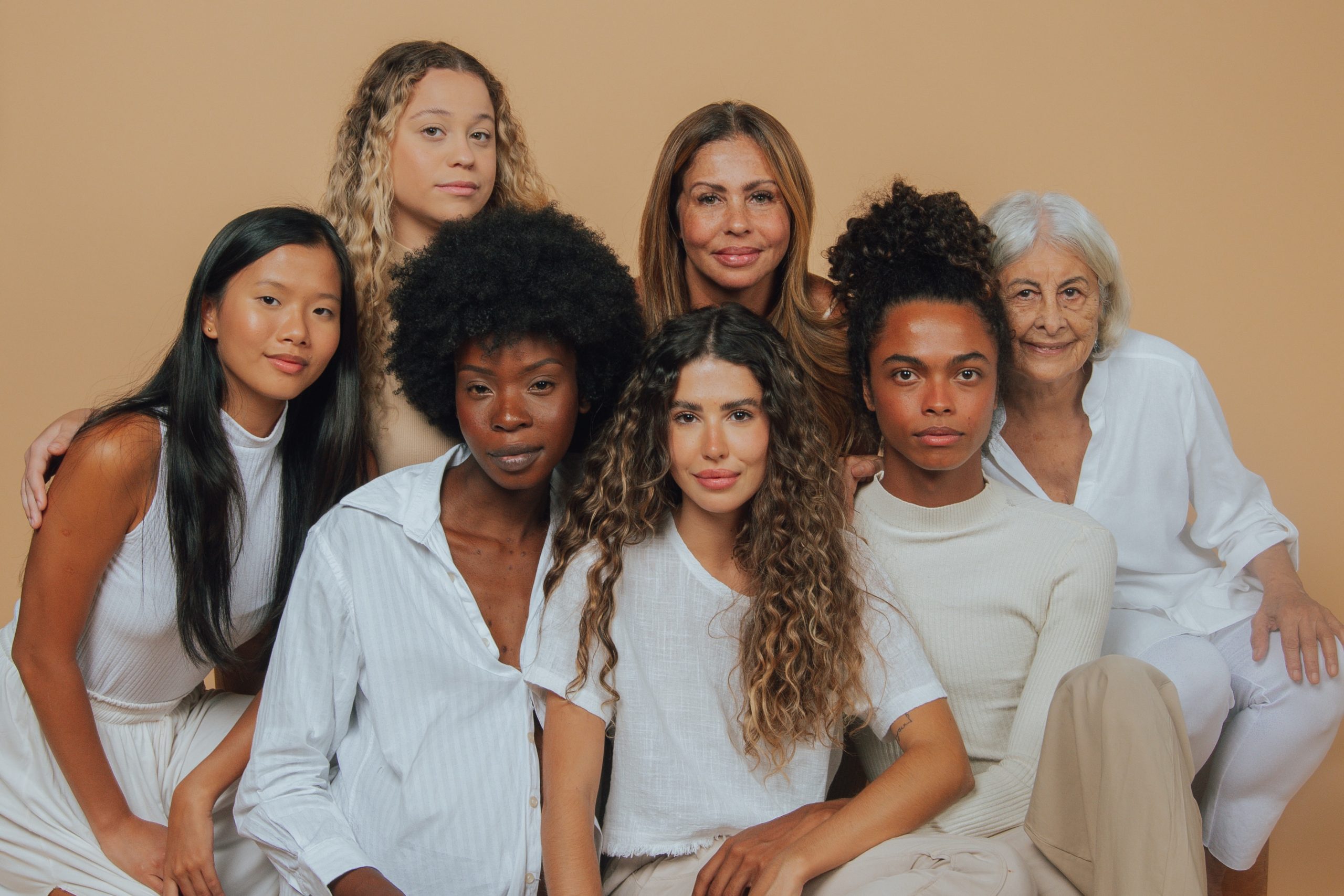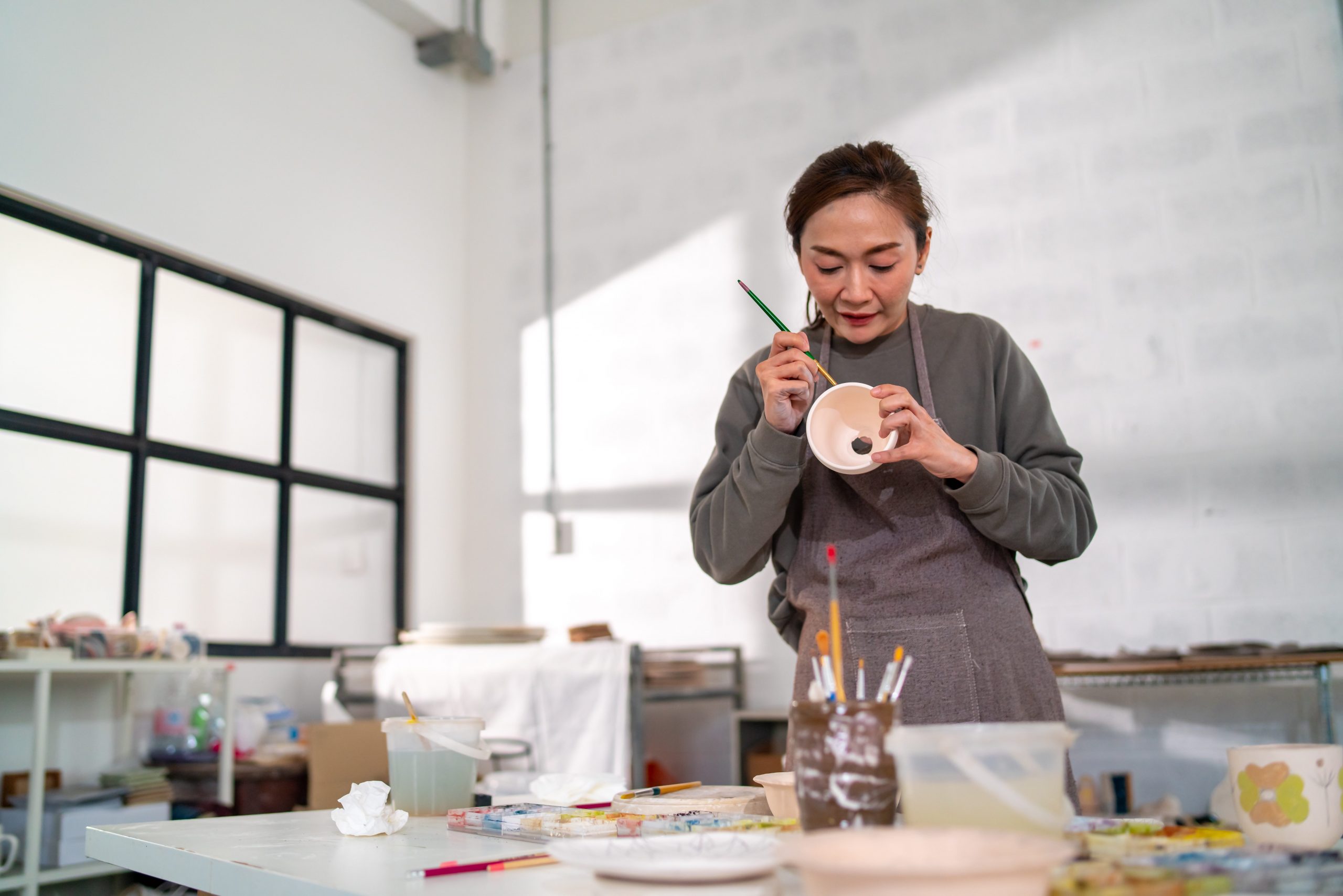Written By: Traciana
Photo by Kabila Haile
Opening Notes from Traciana
This piece grew out of Day 4 of our Best Self & Life Mini-Retreat, where we explored how creative intelligence shapes the life and leadership we’re building. The more I witness leaders struggling with innovation—not from lack of capability, but from systematic overwhelm—the more urgent this conversation becomes.
—Traciana
P.S. If you feel called to explore this work in community, the mini-retreat awaits you here.
We’ve become strangers to ourselves, making decisions from fatigue rather than wisdom.
Why Creative Thinking & Problem-Solving Define Success
Creative thinking and problem-solving aren’t nice-to-haves in leadership and life—they are the foundation of innovation, adaptability, and authentic impact. Yet these essential capacities are under assault in ways we’re only beginning to understand.
In a world moving at unprecedented speed, the ability to generate fresh perspectives and synthesize complex information into elegant solutions has become the defining advantage. Those who can think creatively don’t just solve today’s problems—they anticipate tomorrow’s opportunities. Those who can solve problems with innovation don’t just manage challenges—they transform them into competitive advantages.
The distinction is crucial: creative thinking generates new ideas and reframes challenges in ways that reveal previously hidden possibilities. Creative problem-solving applies those ideas to real dilemmas, producing solutions that are both effective and deeply aligned with actual needs rather than surface symptoms.
Together, these capacities separate reactive management from visionary leadership. They determine whether you’re constantly putting out fires or designing systems that prevent them. They influence whether your decisions feel forced by circumstances or emerge from clear strategic thinking.
When these capacities are strong, they expand possibilities across every domain:
- Innovation & Growth – spotting opportunities others miss and creating value where none existed
- Adaptability – pivoting with clarity during uncertainty instead of reactive panic
- Decision-Making Confidence – trusting a comprehensive assessment over endless analysis
- Collaborative Leadership – inviting diverse perspectives that sharpen collective intelligence
- Personal Fulfillment – aligning actions with deeper wisdom rather than external pressure
- Sustainable Impact – building solutions that address root causes, not just symptoms
The Hidden Cost of Creative Depletion
When creative intelligence weakens—drowned by information overload and systematic self-doubt—the ripple effects devastate both performance and well-being. We may achieve outward markers of success while feeling internally depleted, disconnected from our own wisdom, and increasingly dependent on external validation for decision-making.
This depletion rarely announces itself dramatically. Instead, it emerges gradually: solutions feel harder to find, innovation requires more effort, decisions take longer and feel less satisfying. You find yourself recycling old approaches rather than generating fresh ones, defaulting to what’s proven rather than exploring what’s possible.
The cost manifests differently across life domains but follows a consistent pattern of diminishing returns and increasing frustration:
- In business strategy, approaches feel recycled and defensive; innovation stalls despite significant investment in “creativity initiatives.”
- In financial decision-making, fear overrides clarity; money choices become about survival and risk-avoidance rather than strategic expansion
- In leadership presence, inspiration fades, and motivating others begins to feel forced rather than natural; team energy becomes dependent on external motivation
- In personal navigation, overthinking replaces intuitive wisdom; you outsource decisions you’re perfectly capable of making to endless research and opinion-gathering
The most insidious aspect of creative depletion is how it erodes confidence in your own discernment, creating cycles where diminished trust in your thinking leads to poorer decisions, which further undermines confidence in your creative and problem-solving abilities.
The Creative Intelligence Crisis
We live in the most information-rich era in human history, yet innovation feels harder rather than easier. This paradox reveals a fundamental misunderstanding about how creative intelligence actually operates and what conditions allow it to flourish.
The human brain evolved sophisticated creative capabilities designed to work with limited, high-quality information. Our neural architecture excels when processing constrained inputs that allow for deep pattern recognition, creative synthesis, and breakthrough insights. These same systems become overwhelmed and ineffective when constantly flooded with information.
Modern information environments create a perfect storm for creative depletion. We’re attempting to innovate with cognitive systems under siege, expecting breakthrough thinking from minds that never get the quiet necessary for synthesis to occur.
We’ve systematically confused the inputs that support creativity with those that undermine it:
- More information with better ideas (often, additional data obscures rather than clarifies)
- More options with clearer solutions (choice overload frequently leads to decision paralysis)
- Constant input with genuine insight (breakthrough thinking requires space between stimuli)
- Busy-ness with productivity (activity often substitutes for the deeper work of creative problem-solving)
The result isn’t just diminished creativity—it’s a cascade of secondary effects, including analysis paralysis, decision fatigue, and the exhaustion that masquerades as productivity while actually indicating cognitive overwhelm.
Why Your Creativity Feels Blocked
Neuroscience reveals the precise mechanisms behind widespread creative depletion. Your brain receives approximately 11 million bits of information per second but can consciously process only 40. This dramatic filtering usually works elegantly, but modern information environments overwhelm even sophisticated neural architecture.
Creative breakthroughs emerge when your brain shifts into what researchers call the Default Mode Network—neural pathways that activate during rest, reflection, and daydreaming. This network enables the kind of associative thinking that connects disparate ideas, recognizes patterns across different domains, and generates the insights that feel like creative leaps.
The Default Mode Network requires what neuroscientists term “diffuse attention”—the mental state that occurs when you’re not actively focused on specific tasks. This is why insights often emerge during walks, in the shower, or during other activities that engage the body while freeing the mind.
In our always-on culture, we live in continuous partial attention, systematically blocking access to the very neural networks that enable innovation:
- Constant stimulation prevents the mental quiet necessary for creative synthesis
- Information overload creates cognitive bottlenecks that inhibit innovative connections
- Multitasking fragments attention in ways that prevent deep pattern recognition
- Chronic mental noise drowns out the subtle signals that guide breakthrough thinking
This isn’t simply fatigue—it’s creative depletion, a systematic loss of access to your most sophisticated thinking capabilities.
When Intelligence Becomes Self-Sabotage
High performers face a particular vulnerability: their analytical strengths can become creative limitations when not properly integrated with other forms of intelligence. The very mental habits that drive achievement in structured environments can suffocate innovation when applied inappropriately to creative challenges.
Analytical thinking excels at processing explicit information, following logical sequences, and optimizing known variables. These capabilities become problematic when applied to challenges that require integrative thinking, pattern recognition across domains, or solutions that emerge through synthesis rather than analysis.
This creates several predictable patterns of self-sabotage among highly capable individuals:
Overthinking replaces clear seeing—spending so much time analyzing options that obvious solutions become obscured by complexity. Analysis paralysis prevents timely action—gathering more data to avoid the perceived risk of making decisions with incomplete information. Complexity bias dismisses elegant solutions—assuming that sophisticated problems require complicated approaches rather than simple, well-targeted interventions.
External validation-seeking overrides internal knowing—polling colleagues and researching extensively to avoid trusting initial instincts that often contain valid insights. Risk aversion masquerades as thoroughness—using detailed analysis to justify avoiding decisions that feel uncertain rather than engaging with appropriate levels of uncertainty.
The irony is profound: the intellectual capabilities that enable success in many domains become barriers to the creative and integrative thinking necessary for innovation and breakthrough problem-solving.
The Integration Advantage
The leaders who consistently innovate and solve complex problems aren’t those with access to the most information—they’re those with the greatest capacity for integration. They’ve learned to synthesize analytical rigor with creative insight, strategic thinking with intuitive wisdom, and logical assessment with embodied knowing.
This integration creates what I call “intelligence sovereignty”—the ability to trust your comprehensive assessment capabilities without constantly outsourcing decision-making to external validation, additional research, or consensus-building that dilutes rather than enhances insight.
Leaders with strong integration capacity operate differently from their analytically dependent counterparts. They gather sufficient information without overwhelming their processing systems. They create space for synthesis rather than forcing immediate analysis. They trust their initial instincts while testing them against practical considerations. They make decisions that feel aligned rather than just defensible.
This approach produces several competitive advantages in rapidly changing environments:
- Decision speed increases because they’re not fighting internal resistance or seeking endless external validation
- Solution quality improves because they’re accessing multiple streams of intelligence rather than relying solely on analytical processing
- Innovation capacity expands because they’re not limited to purely logical approaches to creative challenges
- Confidence builds because they trust their comprehensive assessment abilities rather than doubting their discernment
- Adaptability strengthens because they can read situations holistically rather than just analytically
While competitors remain paralyzed by information overload or trapped in analysis loops, leaders with integration capacity move forward with both clarity and innovation.
Reclaiming Your Creative Intelligence
Your next breakthrough won’t emerge from gathering additional information, conducting more research, or seeking further external validation. It will come through integration—creating the conditions where your existing knowledge, experience, and insight can synthesize into clear direction and innovative solutions.
This requires both skill and courage: skill in creating the space necessary for integration to occur naturally rather than forcing solutions through analytical effort alone, and courage to trust your comprehensive intelligence in a culture that systematically teaches you to doubt your own discernment.
The practice begins with recognizing that creative intelligence operates differently from analytical intelligence. Where analysis thrives on focus and effort, creativity requires spaciousness and receptivity. Where analysis demands immediate processing, integration benefits from patient synthesis. Where analysis fears ambiguity, creativity finds possibility in uncertainty.
Reclaiming creative intelligence means learning to value the pause between stimulus and response, the quiet that allows synthesis, the wisdom that emerges when you stop forcing and start listening to what’s already within your comprehensive awareness.
The answers aren’t missing—they’re waiting in the integration of everything you already know with everything you can sense about emerging possibilities. The question isn’t whether you have enough information to make good decisions and generate innovative solutions. The question is whether you’re willing to create the conditions where your deeper intelligence can operate.
Experience the Science in Action with our Best-Self, Best Life Mini-Retreat
Ready to put these insights into practice? Click here to experience these principles in a guided container through our transformative 5-day experience.
About the Author
Traciana Graves is the founder of Happiness 360® and creator of Fearless Listening®. Her work explores how leaders and teams can achieve sustainable excellence without sacrificing well-being. She has spent decades guiding individuals and organizations toward transformations that honor both achievement and authentic fulfillment.






















0 Comments for “The Neuroscience of Creative Thinking & Problem Solving: Learning to Hear What’s Already Within”